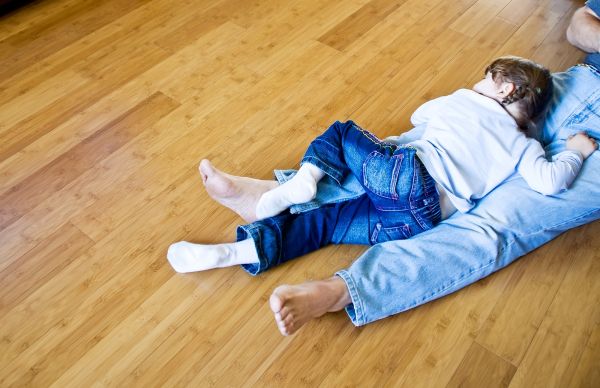When we are talking about portable homes, the topic covers a broad field replete with flexible housing units, ranging from modular structures to mobile dwellings, but the core functionality of such transportable dwelling system always allude to one factor, and that is man’s response to adverse societal effects on our environment.
Land Shortage
Over the years, the mass scale of unplanned urbanization has taken its toll on some economic segments of our society, and, hence many of them have decided to forego the city based ‘sedentary’ mode of life, thus giving rise to the practice of permanent living in wheeled mobile homes. Finally, portable houses also pose as habitation solutions in case of emergencies like natural catastrophes (cyclones, tsunamis, earthquakes, etc) and even conditions like war and famine.
Living green in tiny homes
On the other hand, the transportable housing industry has not always lived up to the set conventional standards. Studies show, many of the service related attributes like temperature control, insulation properties to even the materials used for construction are not entirely dictated by user comfort or even structural competence. In such unfavorable circumstances, eco friendly portable homes come as sustainable saviors, guided by practicality, compactness and most importantly efficiency. As a matter of fact, it can be seen as an alternative trend undertaken by specialized (and expert) designers, to righteously solve the crucial predicaments of human habitation affected by disorganized land use.
Trends
a) Eco capsule
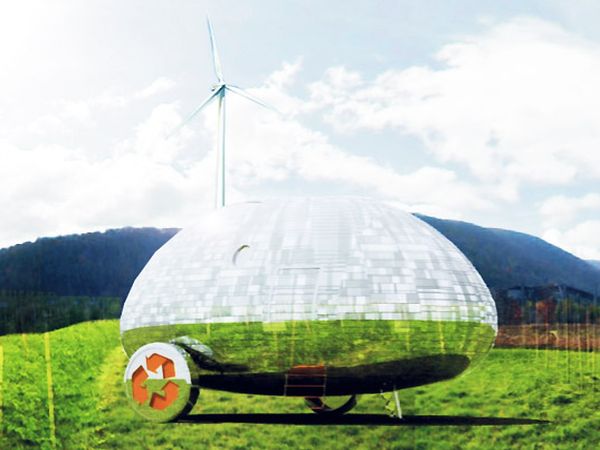
Self sufficiency is the name of the game in the compact dwelling design of Eco capsule. Conceptualized by Nice Architects, the designers have envisaged the aluminum clad capsule as a fusion of a mobile housing unit with a recreational vehicle (RV), powered by non-renewable energy. Coming to structural considerations, the 270 sq-feet area will cater to two people, while its spatial nature will comprise of separate waste collecting compartments, along with a gray water recycling facility.
b) Eco friendly portable vacation capsule
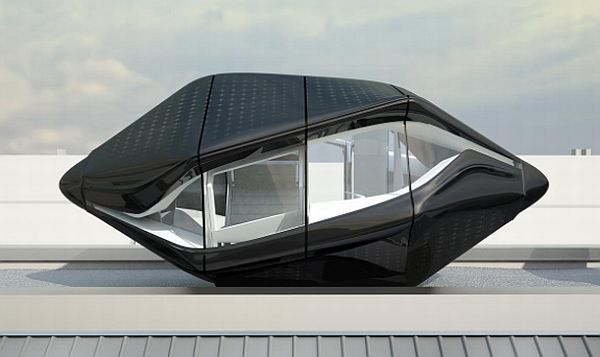
We come across another design in a conceptual stage, but this time the portable vacation capsule has been contrived to cure our traveling bug, albeit in a ‘green’ way. According to the designers of Nau Architecture Corporation, the self sustaining bantam habitat will be wholly powered by sustainable energy. But more importantly, it can supposedly be transported to anyplace in the world, starting from roof tops to wild jungles.
c) M_Cube

Created by industrial designer Benjamin Beck, the M_Cube alludes to the next generation of modular dwellings. This means, the 2.55m x 2.55m unit (in its modular components) can be transported and assembled according to user’s preference. And beyond the efficient compactness, the design will also incorporate an ‘intelligent’ energy glass, for regulatory induction of natural light.
d) iPAD portable homes
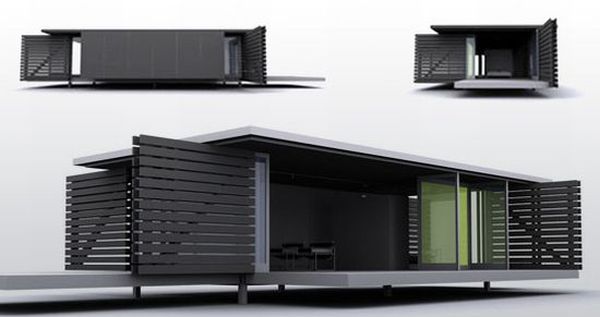
When it boils down to portable homes, highfalutin conceptions come dime a dozen. But this time for a change, architect Andre Hodgskin has designed his ‘iPAD’ variety of dwelling units that fuses flexibility with user preference. This means the modular structural components can be easily assembled on notice, while the pad’s interior spatial elements can also be diversified with a variety of color options and extendable decks.
e) Habitat Microhome Concept
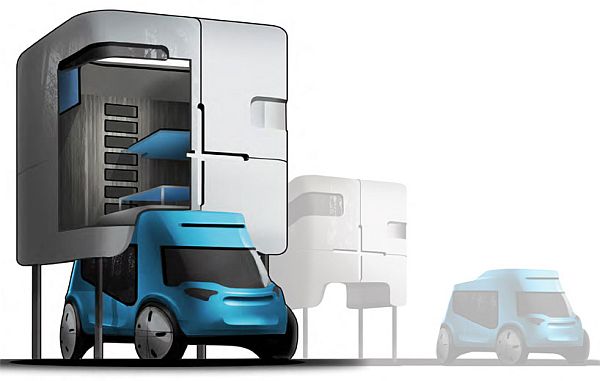
Christened simply as the ‘Habitat’, American product designer Joe Salerno has adroitly conceived his conception as a ‘car-house’. The total scope encompasses a hybrid-like structure, with a separate car space (of 32 sq m) and a duplex space (of 100 sq m). When the Habitat is static, these two spaces fuse to become a credibly sized dwelling, with denominations like kitchen and bedroom. Finally, the conception will also not require conventional fuels, as its integrated systems will generate clean solar and wind energy.
What it means for you
The housing industry does form an important element of our overall economy and in allusion to its crucial impact, the industry does contribute to significant levels of carbon footprint. For example, housing emanated 30 percent of the total carbon emissions in the UK, for last year. So, in such a precarious ambit, we as ordinary citizens should work towards a decisive goal of collective sustainability. Of course, this does not necessarily entail that we should all pack our bags and be on the move like modern day nomads, but adapting to portable housing does tip the scale on favor of low emissions. As a matter of fact, we can look forth to long term solutions within our urban (and suburb) scope, with flexible yet permanent modular habitats.
Added benefits
Beyond the scope of sustainability, there are always the constraints of economy bound with our modernistic lifestyle. In relation to this, eco friendly portable homes have a tendency to come at relatively lower prices. Moreover, users can also cut upon their energy costs through long term usage of renewable sources, natural lighting and minimal wastage of building materials.



